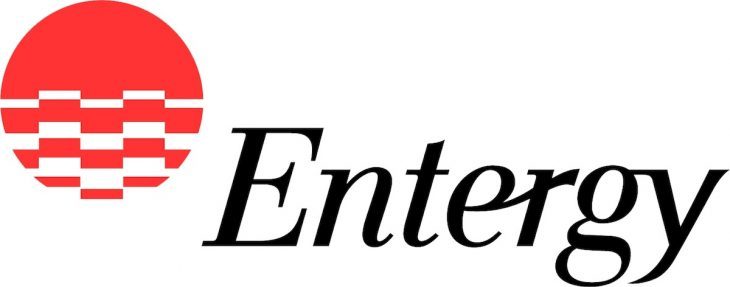Entergy customers can subscribe to purchase power from solar plants
by June 12, 2019 12:43 pm 1,094 views

Electric utility Entergy Arkansas has started to offer a solar tariff that will allow customers to subscribe to blocks of solar energy generated by a solar facility near Stuttgart and from others as they become operational.
Entergy recently announced plans to build a 100-megawatt solar energy facility in White County near Searcy, and it would be the largest utility-owned solar facility in the state and feature battery storage. Currently, Entergy purchases 81 megawatts of solar energy from the facility near Stuttgart and is expected to purchase another 100-megawatts of solar energy from Chicot Solar project at Lake Village when it starts operating in 2020. Through the new tariff, Entergy customers will be able to purchase up to half of the output from the Stuttgart facility.
“As the state’s largest solar provider, we want to make all of the benefits of utility scale solar power available to our customers who have particular energy and sustainability goals,” said Kurt Castleberry, director of resource planning for Entergy Arkansas. “We know there are business and industrial customers who have renewable energy requirements or goals. This is a cost-effective way for them to meet those without the need for upfront capital investment. Some residential customers would like to offset their carbon footprint, as well, but do not have the land space for solar panels or the desire to maintain solar equipment.”
Subscriptions to the tariffs became available in May, and are on a first-come, first-served basis. Customers who subscribe are required to have a one-year agreement. Residential customers can subscribe to up to 5 kilowatt hours of capacity in increments of 1 kilowatt hours. General service customers can subscribe in increments of 5 kilowatt hours, and for large general service customers, 100 kilowatt hours.
“This is just the beginning of possible options for customers,” said Laura Landreaux, president and CEO of Entergy Arkansas. “The Chicot Solar facility will come online later this year. The Searcy Solar facility will come online in two years, pending commission approval. We have more renewable projects under consideration. All of this means that we will have more options for customers and can be more flexible as an energy partner. We’re looking forward to all that is coming.”
Customers who subscribe will receive certification that the Renewable Energy Credits (RECs) associated to the amount of energy in which they subscribe will be retired on the customer’s behalf along with the proportionate share of capacity and energy market revenue related to the renewable energy source. Customers who subscribe to 5% of a plant’s capacity would receive certification that RECs would be retired for 5% of the actual production from the facility. Also, the customers will receive the Midcontinent Independent System Operator (MISO) market revenues for their share and offset the cost of the blocks they purchase.
Customers who subscribe will receive a bill with all applicable charges based on their usage. Along with their usual bill, a separate line item on the bill will be for their subscription to receive the solar energy. The line item could either be a credit or a charge depending on the calculations from the monthly market price changes through MISO. The line item is determined by finding the difference between the solar energy rate of about 5 cents per kilowatt hour and the MISO rate, which varies monthly, and multiply the difference by the number of kilowatts of solar energy in which a customer is subscribed.
“Our customers have new and expanding expectations of what they want from their utility,” Castleberry said. “We are modernizing our grid along with the services we offer so we can meet those expectations.”
Net metering customers are not eligible to participate in the tariff. Link here to learn more about subscribing to the tariff or call Entergy Business Center at 1-800-766-1648.
Entergy Arkansas, a utility of New Orleans-based Entergy Corp., provides electricity to about 700,000 customers in 63 counties.
